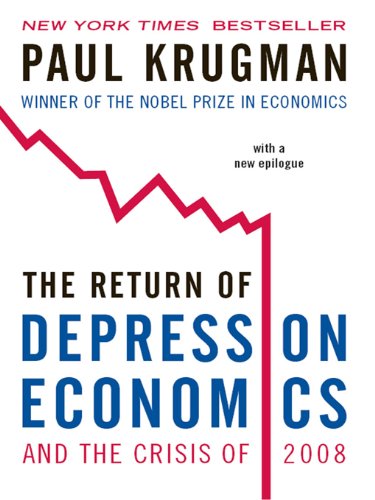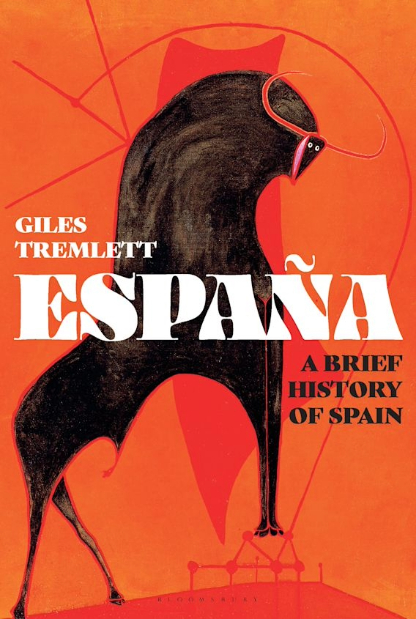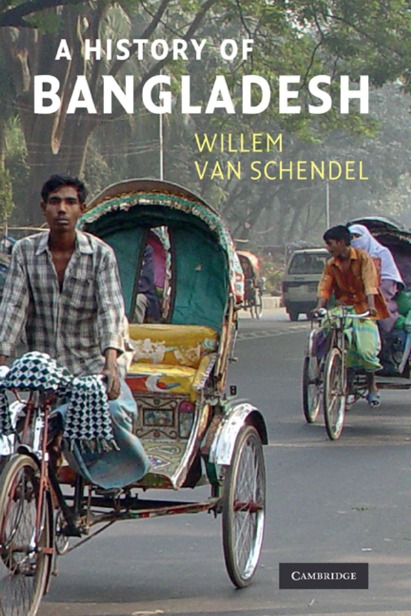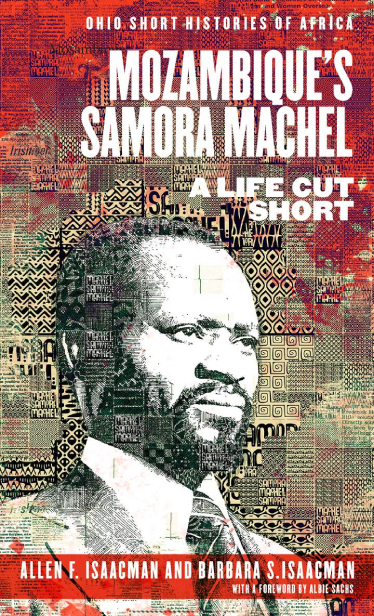Brother Number One: A Political Biography of Pol Pot, David P. Chandler, Westview Press, 1999, pp. 260, ISBN: 974-7551-18-7
Few people to whom mass atrocities are ascribed are as divisive as Pol Pot, the head of a revolutionary government that headed Democratic Kampuchea from 1975 to 1979. The divisiveness stems from the numbers, as always. Was it an act of auto-genocide, as Jean Lacouture claimed in the late ‘70s, that resulted in 2 million people dead, or was it 1.2 million people as the US Embassy in Phnom Penh stated? Or was the number on a scale of 100 to 1000 times less than those, as put forward by Noam Chomsky and Edward Herman in After the Cataclysm. The popular opinion eventually swung against the latter claim and was to haunt Chomsky ever since, with the supporters of the former accusing him of genocide denial.
In Brother Number One, David Chandler attempts to uncover the enigma that surrounds the supposed head of this vast machinery of death, namely, Saloth Sar – more commonly known as Pol Pot. His task was made more difficult by the subject of his investigation himself, because of Saloth Sar’s emphasis on secrecy. It wasn’t until 1977 that his real name emerged, 2 years following the overthrow of the Khmer Republic in 1975, and it wasn’t until he was overthrown 4 years later that he admitted his former identity. His belief in the tactical advantage of secrecy led to a few documents and accounts that could be corroborated and used to construct his personal story.
Chandler, therefore, relies on the rare public statements Pol Pot delivered and interviews he granted to foreign journalists, as well as confessions extracted from the prisoners of the notorious S-21 jail and films produced by sympathetic regimes in North Korea, China and Albania. Given Pol Pot’s belief in the tactical advantage of secrecy, these public statements must be analyzed in view of their ability to advance a particular cause he was fighting for and construct a particular image of himself. To penetrate the text and attempt to see beyond it is to engage in speculation and Chandler falls in that trap, often suggesting a possible source of a particular decision, but then distancing himself from the statement by claiming that no corroborative evidence exists. This is evident in Chandler’s attempts to penetrate Saloth Sar’s psyche and locate the origins of his beliefs in Sar’s witnessing the exploitation of his caretakers who were courtiers, or “his uprooted childhood in a hostile city.”
Sar’s academic wandering between various French colleges and technical schools in Cambodia ended when he was awarded a scholarship to study in France in 1949, due to, as Chandler assumes, his association with other students with favourable connections among the Democratic Party that held the majority in the Constitutive Assembly at the time. It was in France that Pol Pot became a communist. He took up courses in radio-electricity, but never graduated, having drifted away from his studies to the world of study groups and book discussions. Sar joined the Communist Party of France, which was one of the strongest parties in the country and heavily influenced by Stalin’s cult of personality, in 1952 and formed connections with other Cambodian students that would follow him to power in 1975. There he met Thiounn Mumm, Keng Vannsak, and Ieng Sary who played prominent roles in Democratic Kampuchea. For Chandler, to understand Saroth Sar’s communism, we “must place him among the soot-blackened buildings, leaf-strewn avenues, and smoke-filled cafes of the Latin Quarter,” or put simply, in the intellectual zeitgeist of the time.
His ideology was further shaped by visiting Yugoslavia and participating in “work actions” in Zagreb in 1948 and visiting East Berlin in 1951 to attend the International Youth Congress sponsored by the Soviet Union.
When he returned to Cambodia in the early ‘50s, Saloth Sar joined the Indochina Communist Party which operated as an umbrella organization for communist movements in Cambodia and Lao, as those countries were yet to set up their own independent parties. He witnessed King Sihanouk’s coup d’etat and the incipient struggle against his totalitarian rule and the close of the First Indochina War in 1955. These several fronts provided ample space for Saloth Sar’s political action, and he assumed multiple identities. He was a member of the Indochina Communist Party, fighting against American and French Imperialism, and the indigenous monarchical and conservative forces as a member of a Cambodian communist movement, Pracheachon. He was a teacher by day, and an organizer by night, eventually rising through the ranks and becoming the Secretary-General of the Party’s Central Committee of the newly established Communist Party of Kampuchea, a position that allowed him a considerable space to formulate his political positions and distance himself from Vietnam.
In 1963, Saloth Sar took to the maquis to begin a struggle against the regime that would culminate in the final assault on Phnom Penh in 1975 and the seizure of power of the Khmer Rouge. Chandler documents his gradual distancing from the Vietnamese Party but does not dwell into the causes of the rift, leaving the reader with the impression that it was Saloth Sar’s ambition rather than policy disagreements that led to their eventual break and Sar’s virulent opposition to Vietnam. This is what Chandler believes for he allows himself to repeat tropes about communist leaders as power-hungry psychopaths, long intent on seizing power. Although he fails to mention any of Sar’s ideological beliefs, Chandler, for example, states that “as he stepped up to govern Democratic Kampuchea, Pol Pot must have felt as if his destiny had been fulfilled,” and “he gained everything he had dreamed of when he first became a Communist in 1952.” For some reason, Chandler believes that at that moment Pol Pot “may have felt invincible.” He seems to have judged Sar based on the events that were to occur only later.
From 1976 to 1977, Pol Pot concentrated on “The Four Year Plan to Build Socialism in all Fields” and on resolving class contradictions, which he modelled on Mao’s early class analysis of China. As Mao did in 1926, Sar articulated the social structure of the Cambodian society in antagonistic terms, friends and enemies. In so doing, he presented Democratic Kampuchea as a necessary stage in the consolidation of communism. This also allowed for vast purges of internal enemies to take place, sliding into indiscriminate killings based on suspicion. The infamous S-21 prison, formerly a secondary school converted into torture and death chambers, was established in 1975 and served to purge the society of its enemies. Horrific stories of torture and brutality were to emerge out of it following the fall of Democratic Kampuchea.
The four-year plan focused on “collectivism, revolutionary will, autarky and the empowerment of the poor.” The new national ideal was independence-mastery and was to embody the potential of the revolutionary masses to build a new society out of the ashes of the old. As Chandler shows, what prevented the realization of this plan was poor planning that failed to take into account the ecological and economic constraints Democratic Kampuchea faced. The overwhelming focus on agriculture and the self in DK’s ideology is a blend of Maoism and Juche ideology. Although Chandler mentions Sar’s multiple visits to China and North Korea, he fails to outline the connections between DK’s policies and the guiding ideologies of China and North Korea at the time. Moreover, China was a strong backer of DK, which further drove a wedge between DK and Vietnam which was seen as an ally of the USSR.
The conflict with Vietnam was inevitable given the latter’s occupation of Cambodia’s territory and their unwillingness to withdraw. The ensuing border conflicts, exacerbated only by a recent discovery of petroleum deposits, led to the eventual Vietnamese invasion in late 1978 and the downfall of Democratic Kampuchea in January 1979. Pol Pot was flown out of Cambodia with his acolytes and settled in Thailand, which protected him from prosecution, and remained there until his death on April 15, 1998. The next day he “was cremated beneath a pile of rubbish and personal possessions in a jungle clearing 500 yards inside Cambodia.”
For Chandler, Pol Pot belongs among the visionary leaders of Cambodia, who dared to imagine a different society, one based on different ideals and concern for the downtrodden. However, in pursuing those goals, the means began justifying the goals and led to the unnecessary death of a lot of innocent people. For this, he must be held accountable, as his collaborators have been in the Extraordinary Chambers in the Courts of Cambodia.




